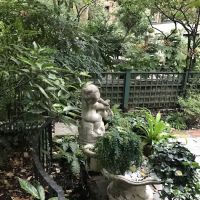Turtle Bay Gardens Introduce
For those who call New York City home, the idea of discovering a truly hidden green oasis can be as exciting as finding a quiet street in Times Square. While Manhattan is famous for its grand public parks like Central Park and Bryant Park, there are also numerous smaller, more exclusive green spaces that contribute to the city's unique charm. One such intriguing location is Turtle Bay Gardens. The name itself might suggest a sprawling botanical garden, but understanding Turtle Bay Gardens requires a slightly different perspective. It's not a public park in the traditional sense, open to all for leisurely strolls, but rather a remarkable example of a private, shared green space that forms the collective backyard for a historic residential community in Midtown East. As locals, we appreciate the various forms that "green space" takes in our city, and Turtle Bay Gardens represents a unique, almost secretive, facet of New York's urban planning and architectural history. This article aims to provide a clear, factual overview of Turtle Bay Gardens, based on publicly available information and observations, helping you understand its character, its place within the vibrant Turtle Bay neighborhood, and why it holds a special, albeit private, significance in the fabric of New York City.
Turtle Bay Gardens is nestled in the charming and historically rich neighborhood of Turtle Bay in Midtown East, Manhattan. The general address provided, New York, NY 10017, USA, accurately places it within this distinct area. More specifically, Turtle Bay Gardens is located between East 48th and East 49th Streets, connecting brownstone townhouses on both sides of these streets. The gardens themselves run as a continuous, shared backyard space behind the buildings on both East 48th and East 49th Streets, creating a serene inner block.
While Turtle Bay Gardens is a private green space, its surrounding neighborhood offers excellent location and accessibility within New York City.
- Proximity to Midtown East Hubs: The Turtle Bay neighborhood is highly accessible. It is just a few blocks east of major Midtown business districts and commercial avenues like Third Avenue, Lexington Avenue, and Park Avenue. This means residents and visitors to the area have easy access to numerous offices, restaurants, and shops.
- United Nations Headquarters: The gardens are situated quite close to the United Nations Headquarters, making the area a global hub and a significant point of interest. This proximity contributes to the neighborhood's unique international character.
- Grand Central Terminal: One of the city's major transportation hubs, Grand Central Terminal, is within comfortable walking distance (approximately 10-15 minutes west). This provides excellent access to Metro-North commuter rail lines and multiple subway lines (4, 5, 6, 7, and the S shuttle to Times Square).
- Subway Access:
- The 4, 5, 6 subway lines are readily accessible at the 51st Street-Lexington Avenue station and 42nd Street-Grand Central station.
- The E and M subway lines can be accessed at the Lexington Avenue-53rd Street station.
- Bus Routes: Numerous MTA bus routes traverse the avenues (Lexington, Third, Second, First) and cross streets (42nd, 49th, 50th) in the vicinity of Turtle Bay Gardens, offering extensive bus service for local travel.
- Walkability: The Turtle Bay neighborhood is highly walkable, with pedestrian-friendly streets that allow residents to easily navigate to local shops, restaurants, and nearby attractions.
- Vehicle Access: While street parking can be challenging, public parking garages are available in the Midtown East area. Taxis and ride-share services are abundant throughout the neighborhood, providing convenient transport.
This central and well-connected location ensures that although Turtle Bay Gardens themselves are private, the surrounding neighborhood is exceptionally accessible, integrating it smoothly into the larger fabric of New York City.
It is crucial to understand that Turtle Bay Gardens is not a public park or a commercial establishment that offers services to the general public. Instead, it is a private, communal garden space that serves as the shared backyard for a specific residential community. The "services" it provides are therefore for its residents and are intrinsic to its unique design as a private enclave.
Thus, a traditional list of "Services Offered" like those at public parks (e.g., playgrounds, sports fields, public restrooms, cafes, event hosting) is not applicable here. The "services" provided by Turtle Bay Gardens are primarily in the form of:
- Aesthetics and Ambiance: The primary "service" is providing a beautiful, well-maintained, and tranquil green space that enhances the quality of life and property value for the residents whose homes back onto it. It offers a visual escape and a serene atmosphere amidst the urban density.
- Recreational Space for Residents: For the residents of the homes that connect to the gardens, it serves as a private, shared recreational space. This might include areas for quiet contemplation, reading, or informal gatherings among residents.
- Natural Habitat: As a green space, it contributes to local biodiversity, providing a habitat for birds and small urban wildlife, and contributing to the neighborhood's air quality.
- Sense of Community: The shared nature of the gardens fosters a unique sense of community among the residents who collectively own and maintain this space. It's a defining feature of their neighborhood.
- Historical Preservation: Maintaining the gardens as they were originally conceived helps preserve a unique piece of New York City's urban planning and architectural history, providing a "service" in terms of cultural heritage.
Reviews confirm this private nature, with comments like "Beautiful private garden" and "The gardens are backyards to their house and not one big garden." This underscores that any "services" are internal to the residential community, not available to the public. Therefore, those looking for public park services will need to seek out other green spaces in Manhattan.
Turtle Bay Gardens, while a private enclave, possesses several unique features and highlights that make it a fascinating and historically significant part of New York City's urban landscape. These aspects are primarily appreciated by those who are aware of its existence and understand its private nature.
- Historic Private Shared Garden: The most significant highlight is its status as a meticulously maintained, private communal garden. Unlike public parks, access is restricted to the residents of the 20 brownstone townhouses on East 48th and East 49th Streets that collectively own and back onto the garden. This design, conceived by Katharine Hepburn's aunt Charlotte Hunnewell Sorchan and architect Edward C. Dean in 1919-1920, was inspired by similar private gardens in London. It created a revolutionary concept of shared urban green space behind multiple residences.
- Italianate Design: The gardens are renowned for their beautiful Italianate style, featuring fountains, lush greenery, ivy-clad walls, sculptures, and carefully curated pathways. This design creates a cohesive and elegant visual experience that is distinctly different from New York's public parks. Each resident's garden is connected to the next by a shared central pathway, forming one continuous, long green space.
- Sense of Seclusion and Tranquility: Despite being in bustling Midtown East, the gardens offer an extraordinary level of peace and quiet. Tucked away from street noise, they provide a serene oasis where residents can enjoy nature in almost complete privacy. Reviewers have noted it's "Slightly off the street so rather quiet."
- Architectural Integration: The gardens are seamlessly integrated with the backs of the renovated townhouses. These homes, originally dilapidated tenements, were transformed by Sorchan and Dean into elegant, comfortable residences, with their backyards contributing to the shared garden. This architectural synergy creates a harmonious living environment.
- Notable Residents: Over its history, Turtle Bay Gardens has been home to a remarkable list of prominent figures, including Katharine Hepburn, Stephen Sondheim, E.B. White, Tyrone Power, Dorothy Thompson, and Garson Kanin, adding a layer of cultural and historical intrigue to the location.
- "Best Viewed from a Satellite Image": As one reviewer aptly put it, it's "Best viewed from a satellite image if your property doesn't back on the park!" This highlights its exclusive nature, yet acknowledges that its beauty can be appreciated even by those outside the immediate residential community through aerial views, which reveal its continuous green expanse.
- Unique Urban Planning Model: Turtle Bay Gardens represents a pioneering example of cooperative urban living and green space development in New York City, demonstrating how private, shared amenities can enhance dense urban environments.
These features collectively underscore Turtle Bay Gardens' significance not just as a beautiful private garden, but as a unique historical and architectural marvel in the heart of Manhattan.
As a private residential garden, Turtle Bay Gardens does not offer "Promotions or Special Offers" in the commercial sense. It is not open to the public, does not charge admission, and therefore does not have traditional marketing campaigns or discounts for visitors. Its "offer" is solely to its residents.
The value or "promotion" of Turtle Bay Gardens is entirely internal to the residential community that collectively owns and maintains it. This includes:
- Exclusive Green Space: The primary "promotion" is the exclusive access to a lush, tranquil, and beautifully maintained garden that serves as a shared amenity for the residents of the surrounding townhouses. This is a highly sought-after feature in dense urban environments like Manhattan.
- Enhanced Property Value: The existence and beauty of Turtle Bay Gardens significantly enhance the value and desirability of the homes that back onto it. For a homeowner in this specific block, the garden itself is a major selling point and a continuous benefit.
- Unique Lifestyle: The gardens offer a unique lifestyle opportunity for residents, allowing them to enjoy private outdoor space, quiet contemplation, and a strong sense of community within their historic enclave. This is an intrinsic "promotion" for those seeking a specific type of urban living.
Therefore, individuals looking for public promotions, free entry days, or discounted tours related to Turtle Bay Gardens will not find them. Its "promotions" are exclusively reserved for its private community. Any interest in "accessing" the gardens would be limited to either residing in one of the adjacent properties or, as one reviewer noted, admiring its design from aerial perspectives (e.g., satellite imagery).
As a private residential garden, Turtle Bay Gardens does not have a public contact phone number or a visitor address in the traditional sense. Its address, New York, NY 10017, USA, refers to its general location within the Turtle Bay neighborhood, but there is no public office or entrance for the gardens themselves.
Since access is strictly limited to the residents of the brownstones that back onto the gardens, there is no public contact information for tours, inquiries, or direct access.
For those interested in learning more about the historical significance or architectural aspects of Turtle Bay Gardens, or the Turtle Bay neighborhood in general, the best resources would be:
- Historical Societies: Local New York City historical societies or architectural preservation groups might have information on the origins and significance of the gardens.
- Architectural Tours: Some private architectural walking tours of Midtown East or the Turtle Bay neighborhood might discuss the gardens from an external perspective, but they would not offer access.
- Books and Online Resources: Reputable books on New York City history, architecture, and urban planning, as well as academic or historical online articles, often feature information about Turtle Bay Gardens as a unique example of urban design.
Please remember that any attempt to access the gardens without being a resident of the properties connected to them would be considered trespassing, as they are private property. The enjoyment of Turtle Bay Gardens for the general public is limited to viewing satellite images or appreciating its unique concept from public streets.
For New Yorkers, Turtle Bay Gardens holds a particular fascination, even if it's not a place they can simply stroll into. Its suitability for locals lies less in direct public access and more in its embodiment of a unique facet of New York City living and urban design.
Firstly, it represents the ingenious ways in which green spaces are created and preserved in a dense urban environment. For locals, understanding that such a tranquil, continuous garden exists, even if private, offers a glimpse into exclusive pockets of beauty and a different model of community living. It's a reminder that New York offers a multitude of lifestyles, from bustling high-rise apartments to serene, almost hidden, residential enclaves.
Secondly, its historical significance is appealing to New Yorkers who appreciate the city's rich past. The story of how these dilapidated tenements were transformed into elegant homes with a shared garden reflects a unique chapter in urban planning and architectural innovation. Knowing that literary and artistic figures like Katharine Hepburn and Stephen Sondheim called these homes, and these gardens, their sanctuary adds a layer of cultural depth that resonates with locals.
Lastly, for those residing in the Turtle Bay neighborhood or Midtown East, the mere existence of Turtle Bay Gardens contributes to the overall charm and character of the area. It acts as a green lung for the block, improving air quality and providing a visual respite, even if only from above or through a quick glimpse. For residents of the associated properties, it provides an unparalleled private oasis, a quiet retreat from the city's intensity that is virtually impossible to replicate elsewhere. In essence, while not publicly accessible, Turtle Bay Gardens is suitable for locals in its demonstration of unique urban design, its historical significance, and its contribution to the exclusive charm of one of Manhattan's distinctive neighborhoods.
Turtle Bay Gardens Photos


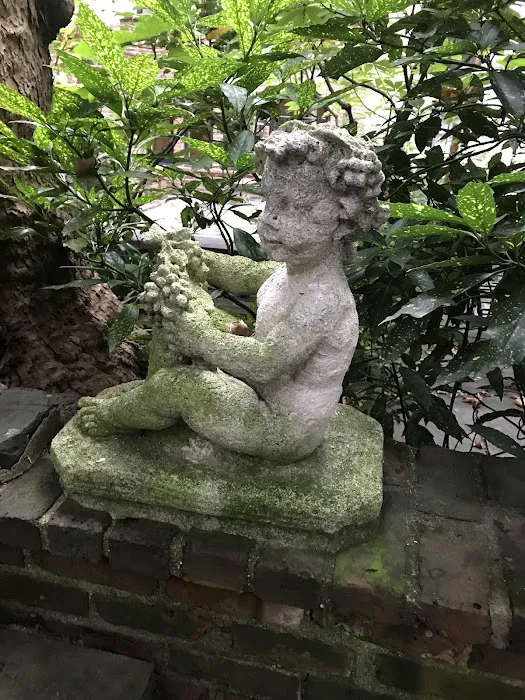
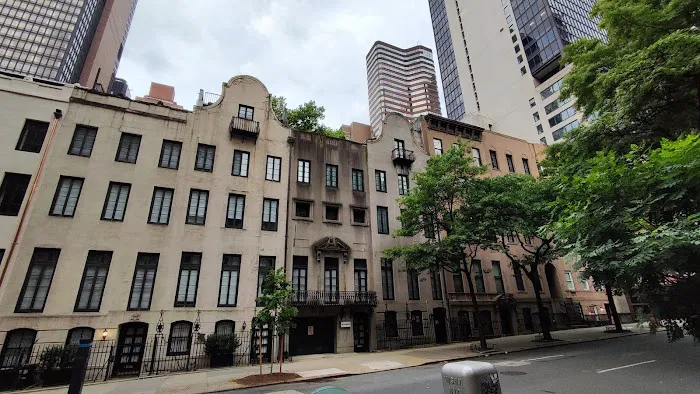
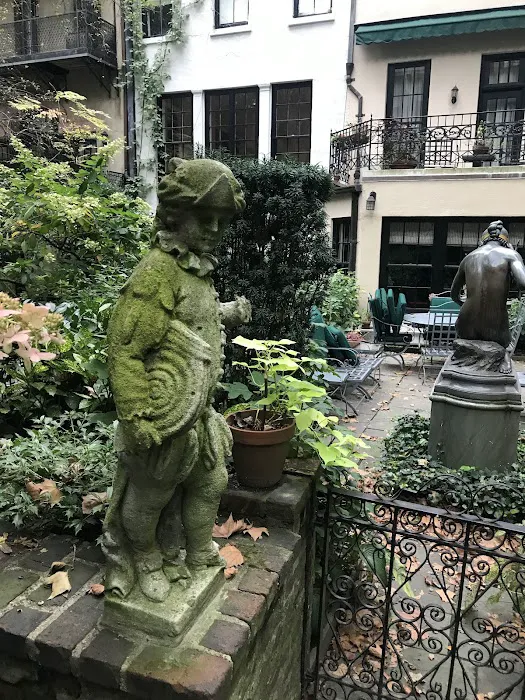


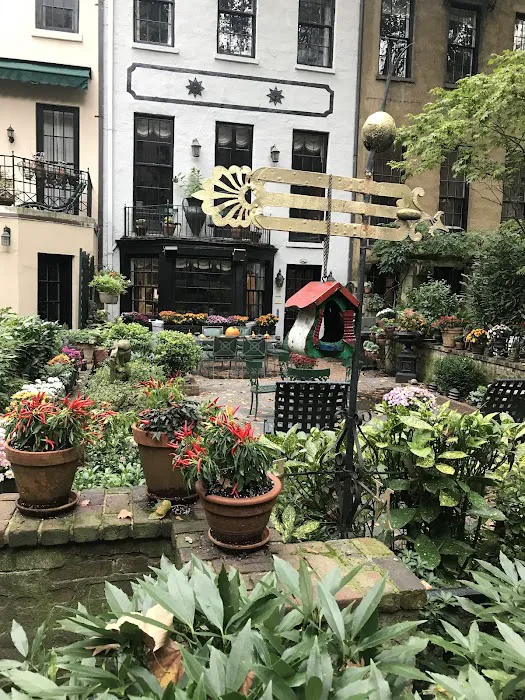
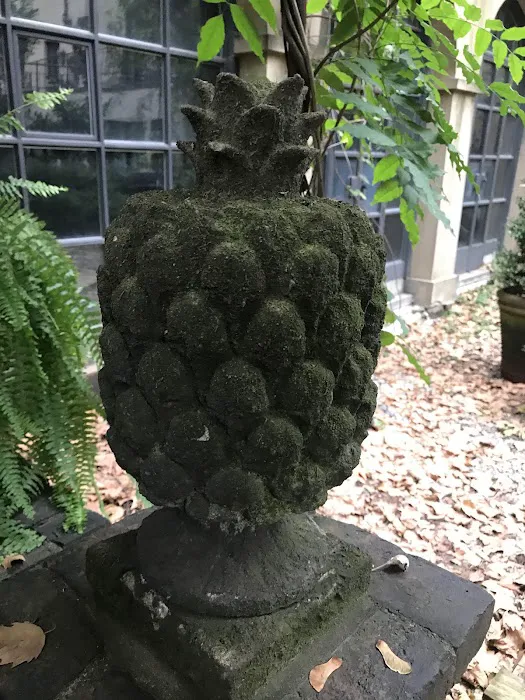

Turtle Bay Gardens Location
Turtle Bay Gardens
New York, NY 10017, USA
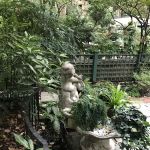 Turtle Bay Gardens
Turtle Bay GardensNew York
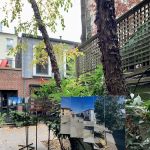 Amster Yard
Amster Yard211 E 49th St
 Father Duffy Square
Father Duffy Square231 E 47th St
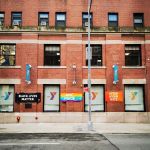 Hotel YMCA
Hotel YMCA224 E 47th St
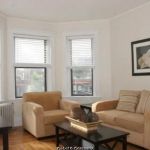 Suites at United Nations
Suites at United Nations210 E 47th St
 790 Third Avenue
790 Third Avenue790 3rd Ave
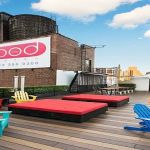 Pod 51
Pod 51230 E 51st St
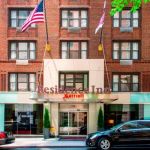 Residence Inn New York Manhattan/Midtown East
Residence Inn New York Manhattan/Midtown East148 E 48th St
 The Fifty Sonesta Hotel New York
The Fifty Sonesta Hotel New York155 E 50th St
 The Bernic Hotel New York City, Tapestry Collection by Hilton
The Bernic Hotel New York City, Tapestry Collection by Hilton145 - 147 E 47th St
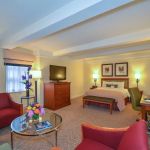 San Carlos Hotel
San Carlos Hotel150 E 50th St
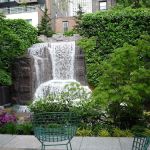 Greenacre Park
Greenacre Park217 E 51st St
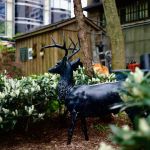 Katharine Hepburn Garden
Katharine Hepburn Garden224 E 47th St
Turtle Bay Gardens Reviews
Beautiful private garden. Best viewed from a satellite image if your property doesn't back on the park!
Dec 13, 2024 · Richard ValinotiLooks like nothing special. The gardens are backyards to their house and not one big garden.
Dec 26, 2024 · Phill SI want to live the rest of my day's in Turtle Bay....
Feb 10, 2025 · J A RGreatest garden oasis in NYC
Mar 09, 2025 · Peter SorrentinoI didn't find public entrance to the garden. Must be private.
Sep 29, 2024 · Daria Bulycheva
More Scenic Spot
 Amster Yard4.0 (11 reviews)
Amster Yard4.0 (11 reviews)211 E 49th St, New York, NY 10017, USA
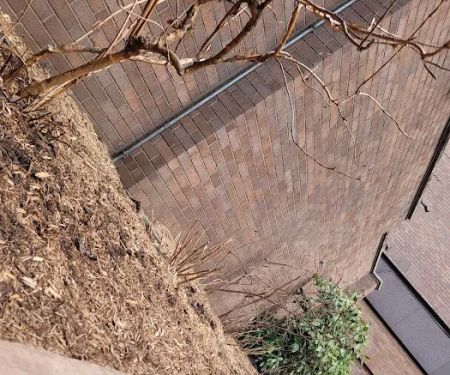 Father Duffy Square4.0 (4 reviews)
Father Duffy Square4.0 (4 reviews)231 E 47th St, New York, NY 10017, USA
 Hotel YMCA3.0 (24 reviews)
Hotel YMCA3.0 (24 reviews)224 E 47th St, New York, NY 10017, USA
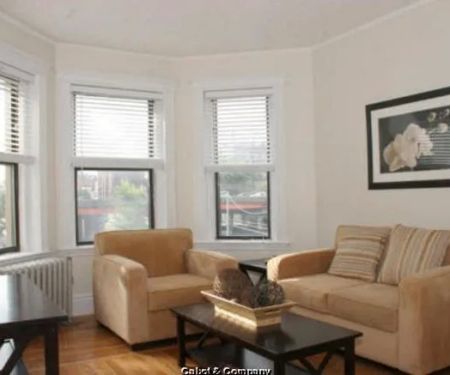 Suites at United Nations3.0 (2 reviews)
Suites at United Nations3.0 (2 reviews)210 E 47th St, New York, NY 10017, USA
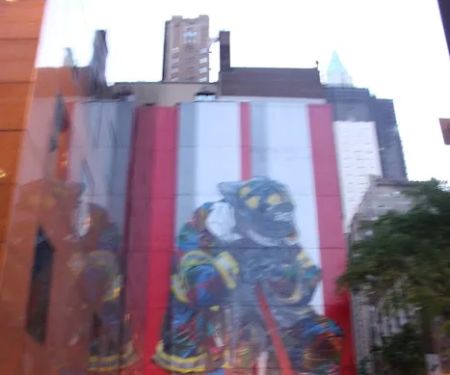 790 Third Avenue5.0 (1 reviews)
790 Third Avenue5.0 (1 reviews)790 3rd Ave, New York, NY 10017, USA
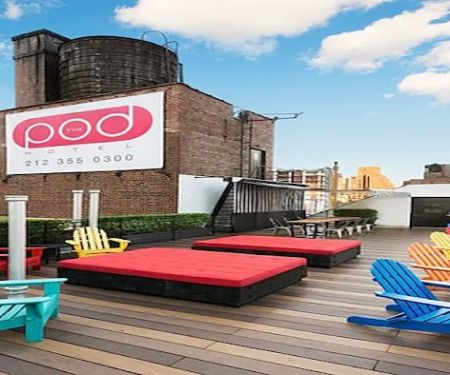 Pod 514.0 (3747 reviews)
Pod 514.0 (3747 reviews)230 E 51st St, New York, NY 10022, USA
 Residence Inn New York Manhattan/Midtown East4.0 (1305 reviews)
Residence Inn New York Manhattan/Midtown East4.0 (1305 reviews)148 E 48th St, New York, NY 10017, USA
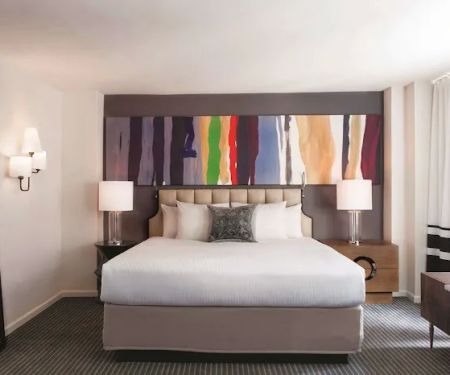 The Fifty Sonesta Hotel New York4.0 (1438 reviews)
The Fifty Sonesta Hotel New York4.0 (1438 reviews)155 E 50th St, New York, NY 10022, USA
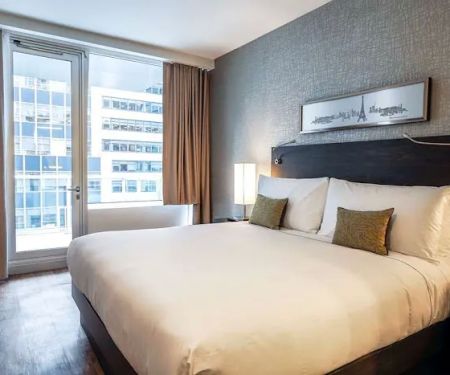 The Bernic Hotel New York City, Tapestry Collection by Hilton4.0 (801 reviews)
The Bernic Hotel New York City, Tapestry Collection by Hilton4.0 (801 reviews)145 - 147 E 47th St, New York, NY 10017, USA
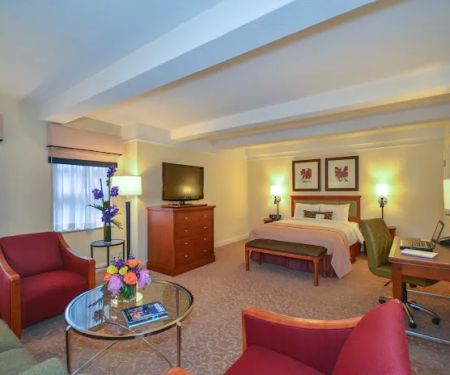 San Carlos Hotel4.0 (796 reviews)
San Carlos Hotel4.0 (796 reviews)150 E 50th St, New York, NY 10022, USA
 Greenacre Park4.0 (1427 reviews)
Greenacre Park4.0 (1427 reviews)217 E 51st St, New York, NY 10022, USA
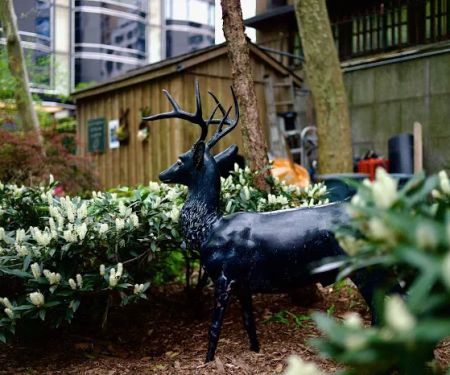 Katharine Hepburn Garden4.0 (23 reviews)
Katharine Hepburn Garden4.0 (23 reviews)224 E 47th St, New York, NY 10017, USA
Categories
Popular Camping Sites
 Parrott0.0 (0 reviews)
Parrott0.0 (0 reviews) Hammels Public Gardens4.0 (1 reviews)
Hammels Public Gardens4.0 (1 reviews)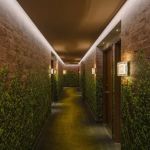 Renaissance New York Chelsea Hotel3.0 (763 reviews)
Renaissance New York Chelsea Hotel3.0 (763 reviews)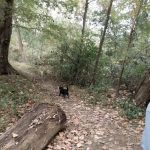 Losen Slote Creek Park4.0 (81 reviews)
Losen Slote Creek Park4.0 (81 reviews) Lagrange Inn & Extended Stay5.0 (3 reviews)
Lagrange Inn & Extended Stay5.0 (3 reviews) Dr. Ruth Tulips5.0 (1 reviews)
Dr. Ruth Tulips5.0 (1 reviews)Trending Camping Blog Posts
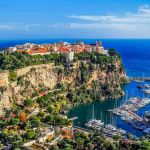 Top Group Travel Destinations in Europe: Best Places for Group Vacations
Top Group Travel Destinations in Europe: Best Places for Group Vacations How to Get Involved in Travel Clans for Social Travel: Explore Group Travel Opportunities
How to Get Involved in Travel Clans for Social Travel: Explore Group Travel Opportunities Best Travel Clans for Sustainable Travel
Best Travel Clans for Sustainable Travel Best Group Vacation Destinations for Friends: Ultimate Travel Ideas
Best Group Vacation Destinations for Friends: Ultimate Travel Ideas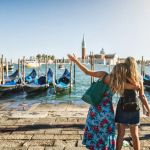 Travel Clans for Solo Travelers Looking for Company: Join Unique Travel Communities
Travel Clans for Solo Travelers Looking for Company: Join Unique Travel Communities Best Travel Clans for Women Traveling Together
Best Travel Clans for Women Traveling Together 
